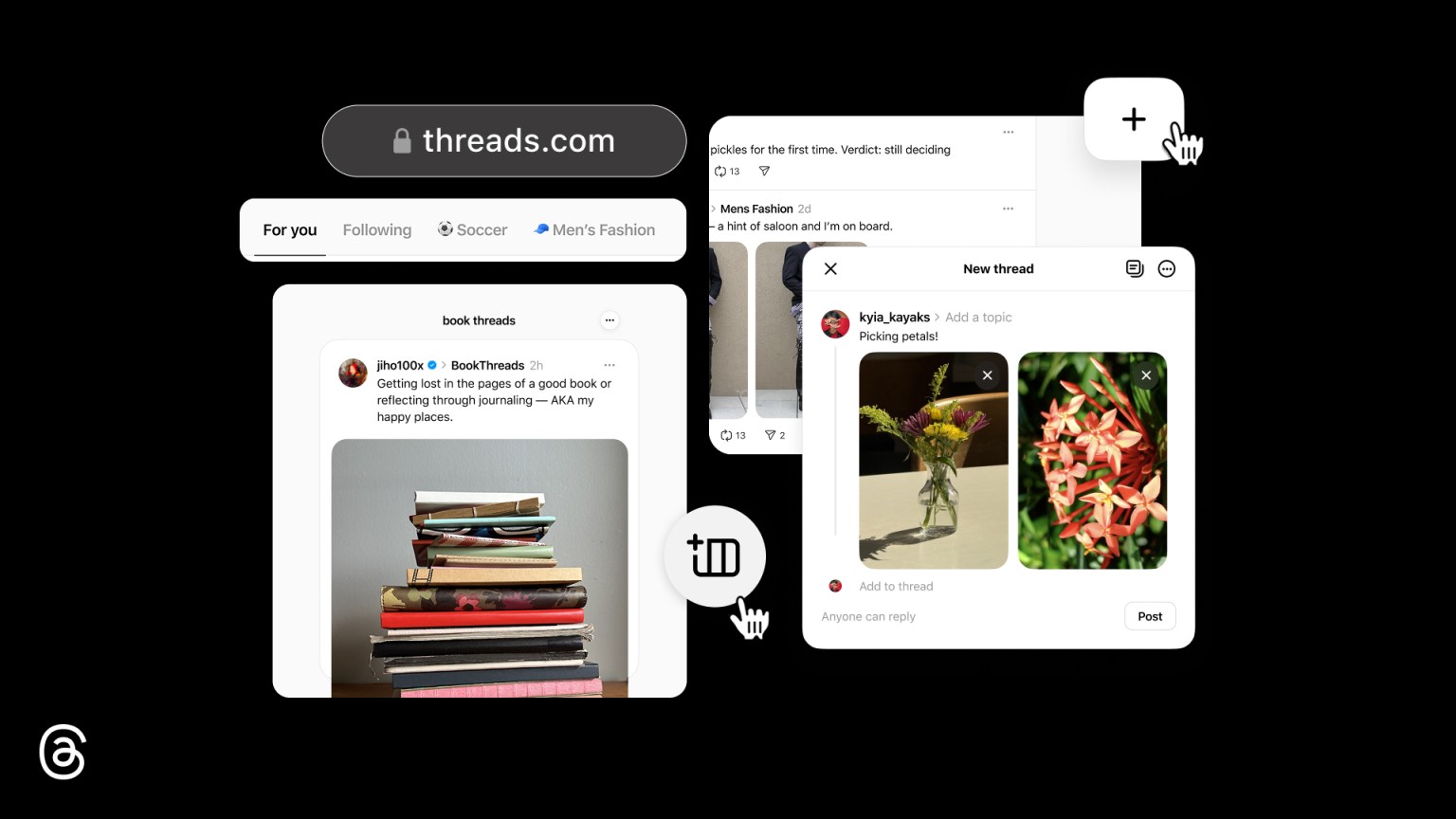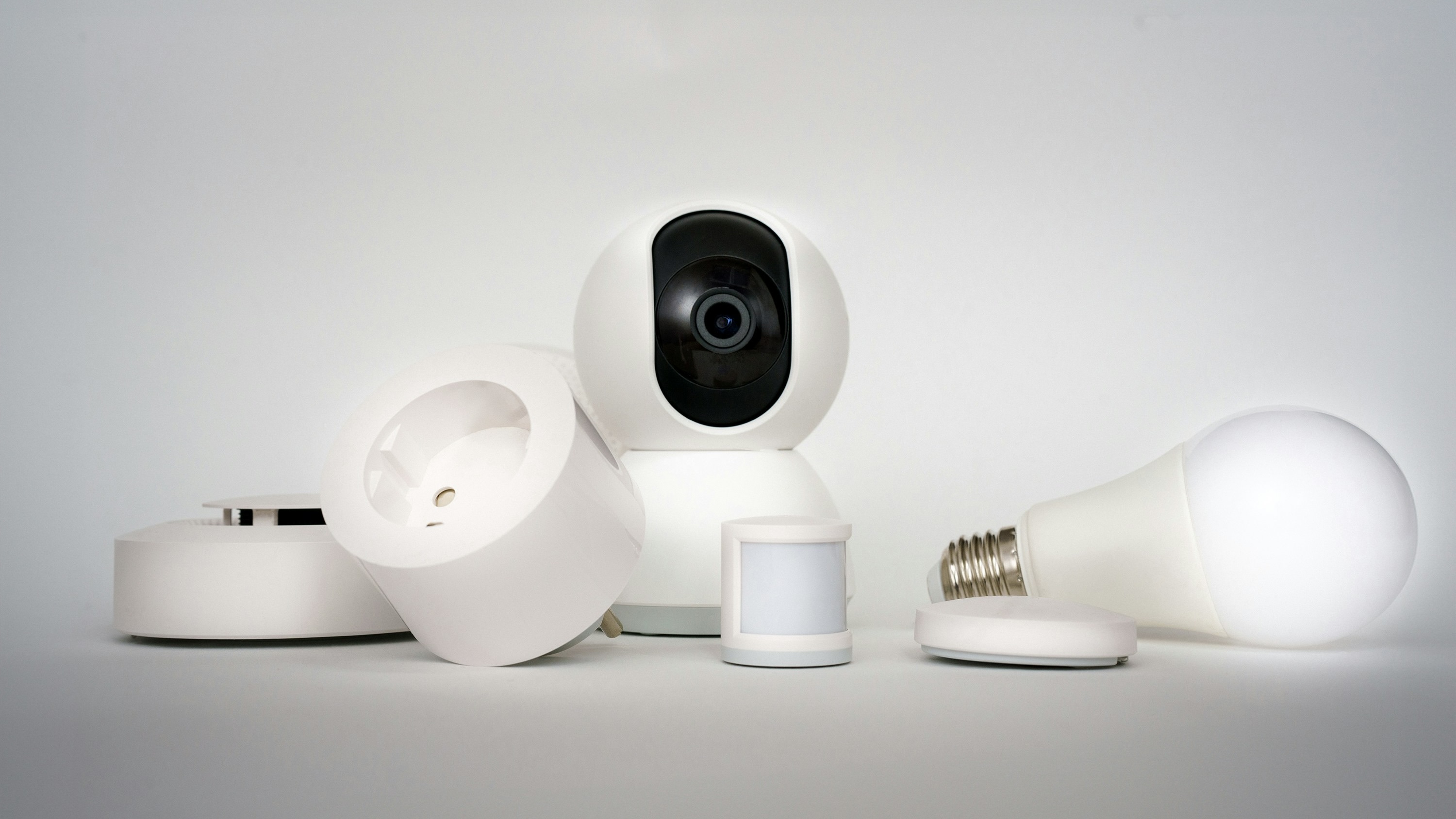

Quick summary
A feature similar to Circle to Search is coming to Chrome and Chrome OS.
It will allow you to image search anything in your browser and get useful results thanks to Google Lens' AI.
Android and Chrome have always gone hand in hand, linked together by your Google account and giving you an almost seamless experience across devices. But Chrome isn't just a browser, it's something bigger, spawning Chrome OS and delivering plenty of innovative features centred around Google Search.
When Samsung launched the Galaxy S24 family in early 2024, the headline feature was Galaxy AI. But it was another feature leaning on Google's AI that gained notoriety - Circle to Search. This clever feature lets you search anything on your phone's screen, using the AI-backed power of Google Lens to identify what's on the screen and deliver relevant search results.
Although Samsung was first to showcase this feature, it was soon added to the Pixel phones and enabled on other Android and even iOS devices. Now, this feature is going to be coming to Chromebooks, while it's also available in Chrome too.
According to 9to5Google, it's going to be drag to search, letting you highlight anything in your browser and search for it. When using a Chromebook, you'll get a Google Lens icon appear and you can tap that and drag a box out to highlight an item that will then be identified by Google Lens.
9to5Google says it's also coming to the regular Chrome browser, but there's already a feature that will do essentially the same thing so this is likely to be more of a refinement than a new feature in its own right.
How to search with Google Lens on Chrome
Ok, so it's not called Circle to Search, it's actually just a quick route to Google Lens in Chrome, so you can use the smart AI power of Google in any Chrome browser. You don't need a new version or a beta version, it works already.
- Right click on any image
- Select "Search image with Google"
- A side panel will open with the results
It's as simple as that, but there is a lot happening in the side panel that's worth exploring. Firstly, you have the option to search, select the text or translate, just the same way that Google Lens does on your phone. This changes the results you get under the image in the sidebar.
Sign up to the T3 newsletter for smarter living straight to your inbox
Get all the latest news, reviews, deals and buying guides on gorgeous tech, home and active products from the T3 experts
Secondly, you can drag the selection around to focus on what you're interested in. If you don't want the entire image, but just a part of that image, you can drag the corners to focus on that. That is essentially same Drag to Search offering that's said to be coming to Chrome.
Finally, if you want to know more about the image, you can click "find image source". This will tell you where Google has found that image online. It's a great way to do a quick fact check on something, such as a news story you're reading. If you're seeing the same image used in a lot of places, it usually tells you who used it first, so that's likely to be the original and more reliable source.
So – Circle to Search – or a Drag to Search – feature looks to be coming to Chrome and Chrome OS, giving you that easy searching that's offered on Android, but if you're a Chrome user, you can already get access to that powerful Google Lens searching right now.
Chris has been writing about consumer tech for over 15 years. Formerly the Editor-in-Chief of Pocket-lint, he's covered just about every product launched, witnessed the birth of Android, the evolution of 5G, and the drive towards electric cars. You name it and Chris has written about it, driven it or reviewed it. Now working as a freelance technology expert, Chris' experience sees him covering all aspects of smartphones, smart homes and anything else connected. Chris has been published in titles as diverse as Computer Active and Autocar, and regularly appears on BBC News, BBC Radio, Sky, Monocle and Times Radio. He was once even on The Apprentice... but we don't talk about that.
-
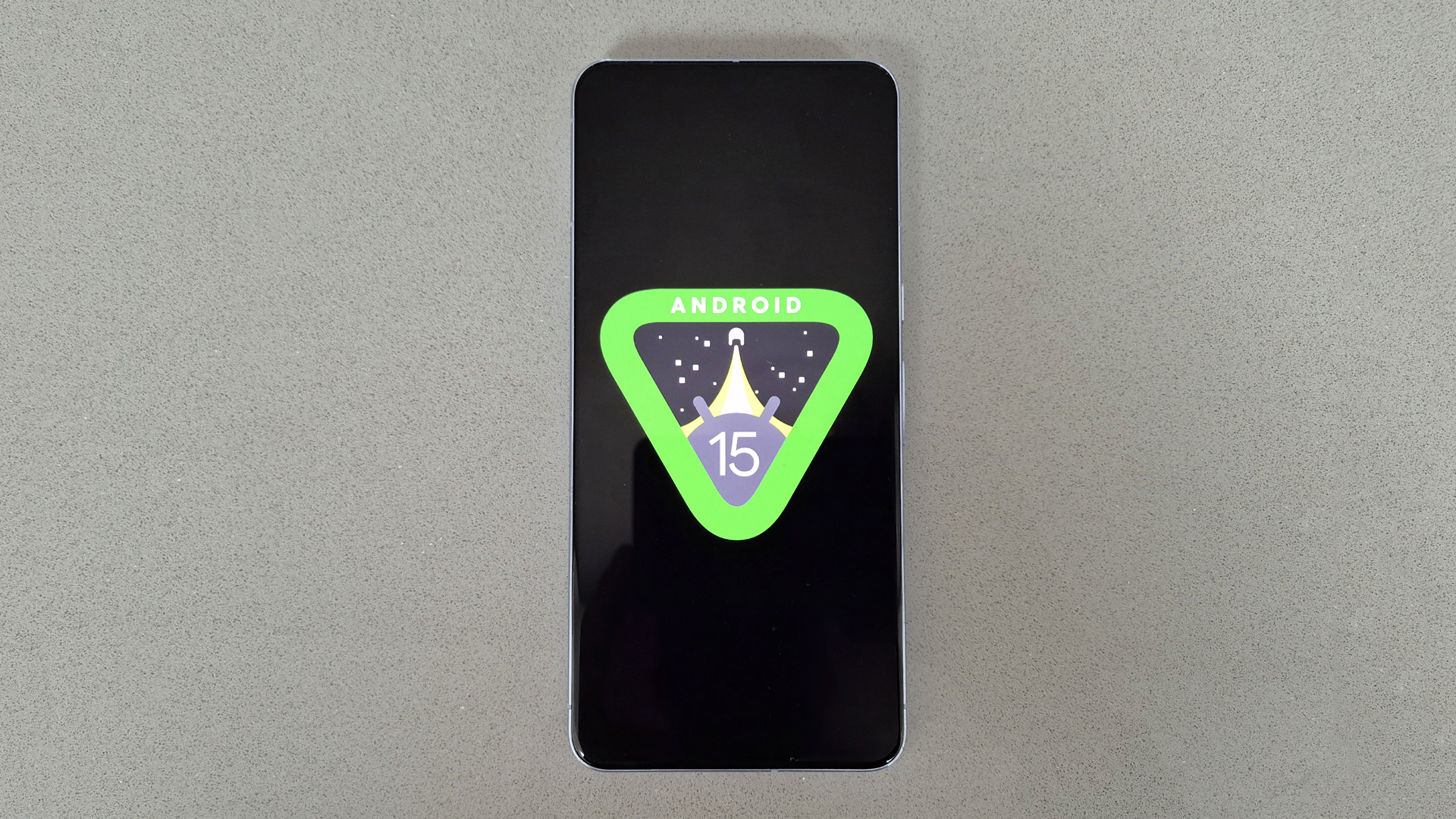 Google delivers bad news for budget Android phones
Google delivers bad news for budget Android phonesCheaper Android phones might need to change to meet new Google rules
By Chris Hall
-
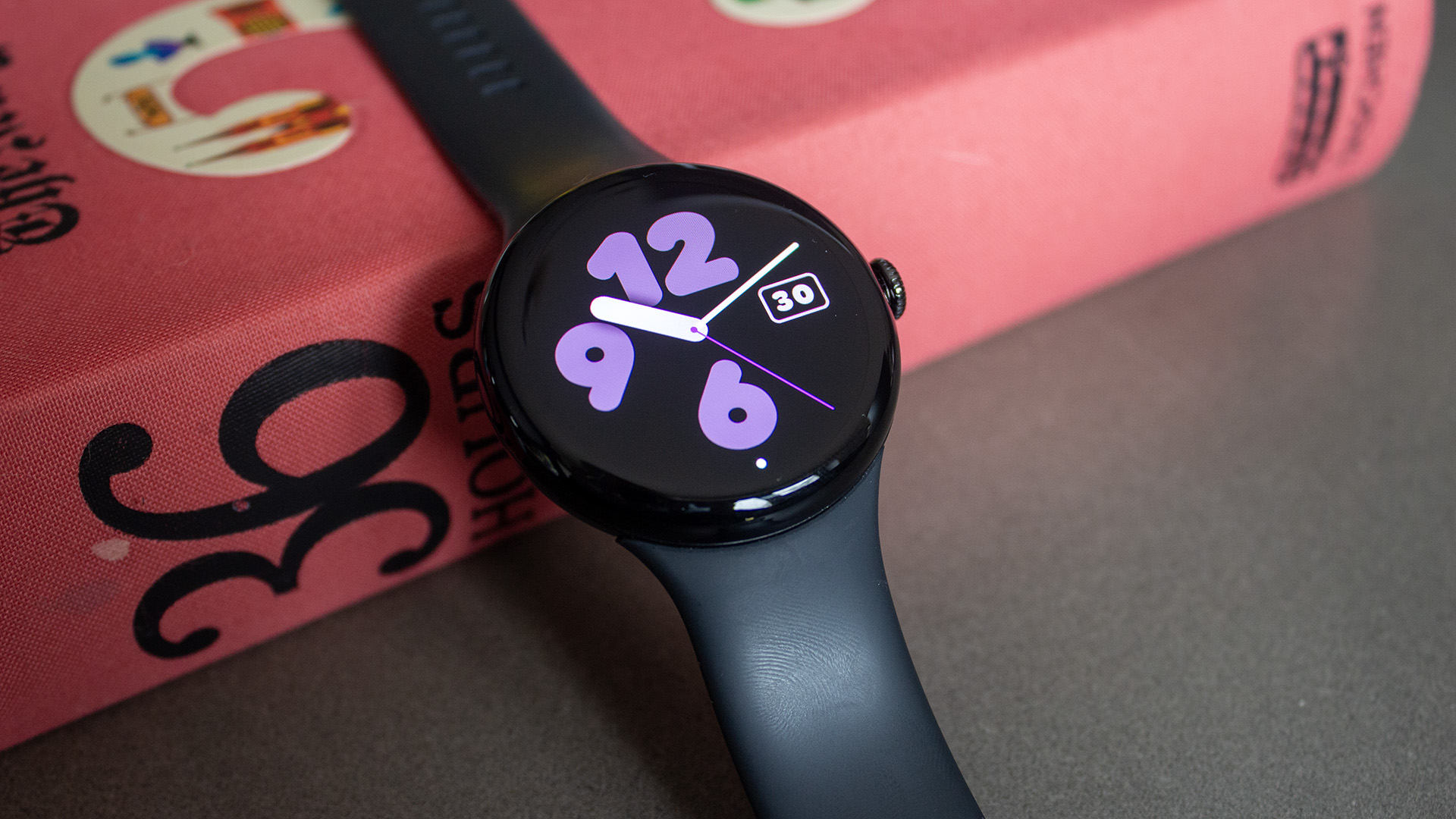 Google Pixel Watch 4 renders show a welcome design change
Google Pixel Watch 4 renders show a welcome design changeAnd one we're less thrilled about
By Britta O'Boyle
-
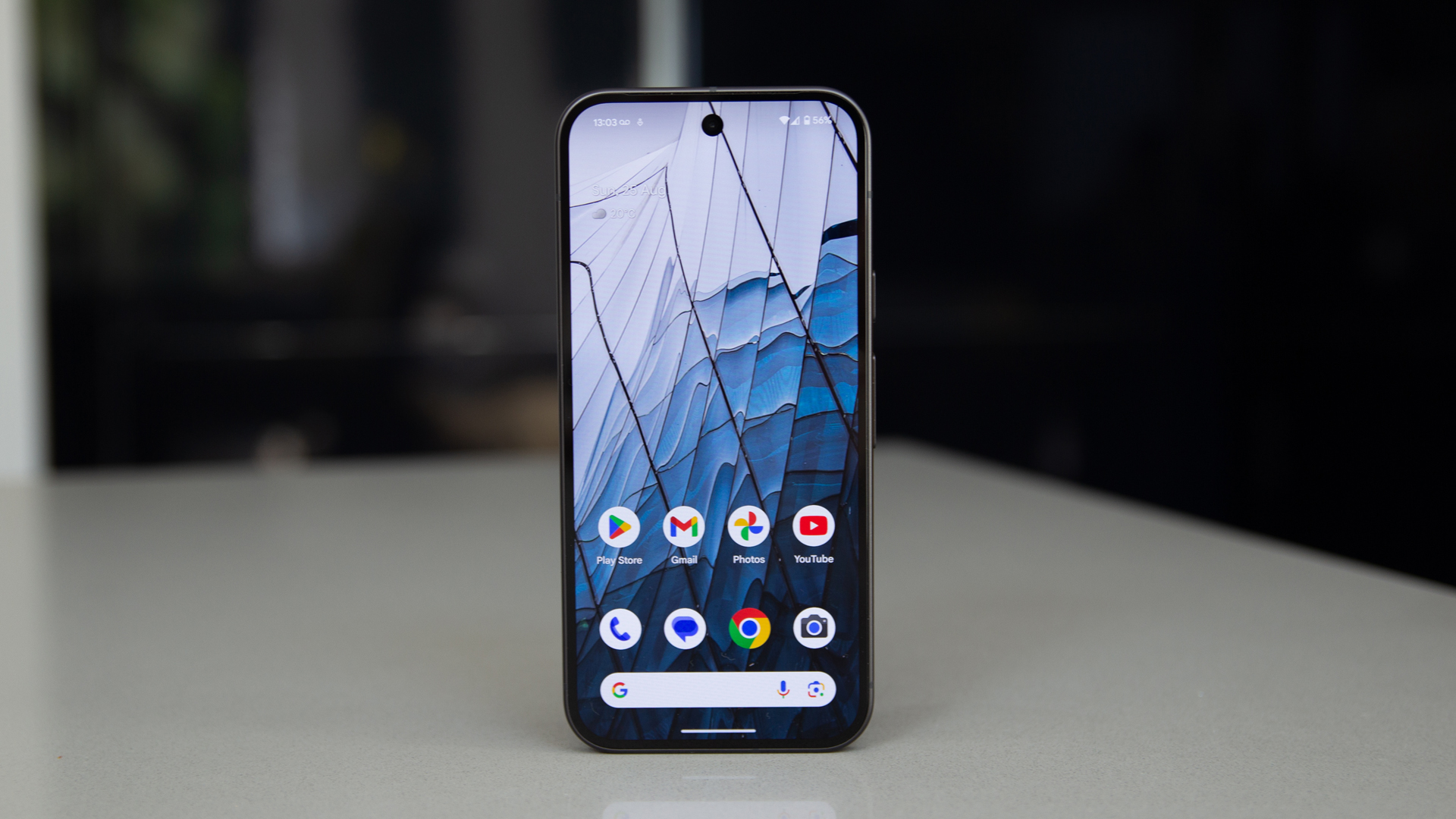 New Google Messages feature will make millions very happy
New Google Messages feature will make millions very happyIt's going to end a serious messaging blight
By Sam Cross
-
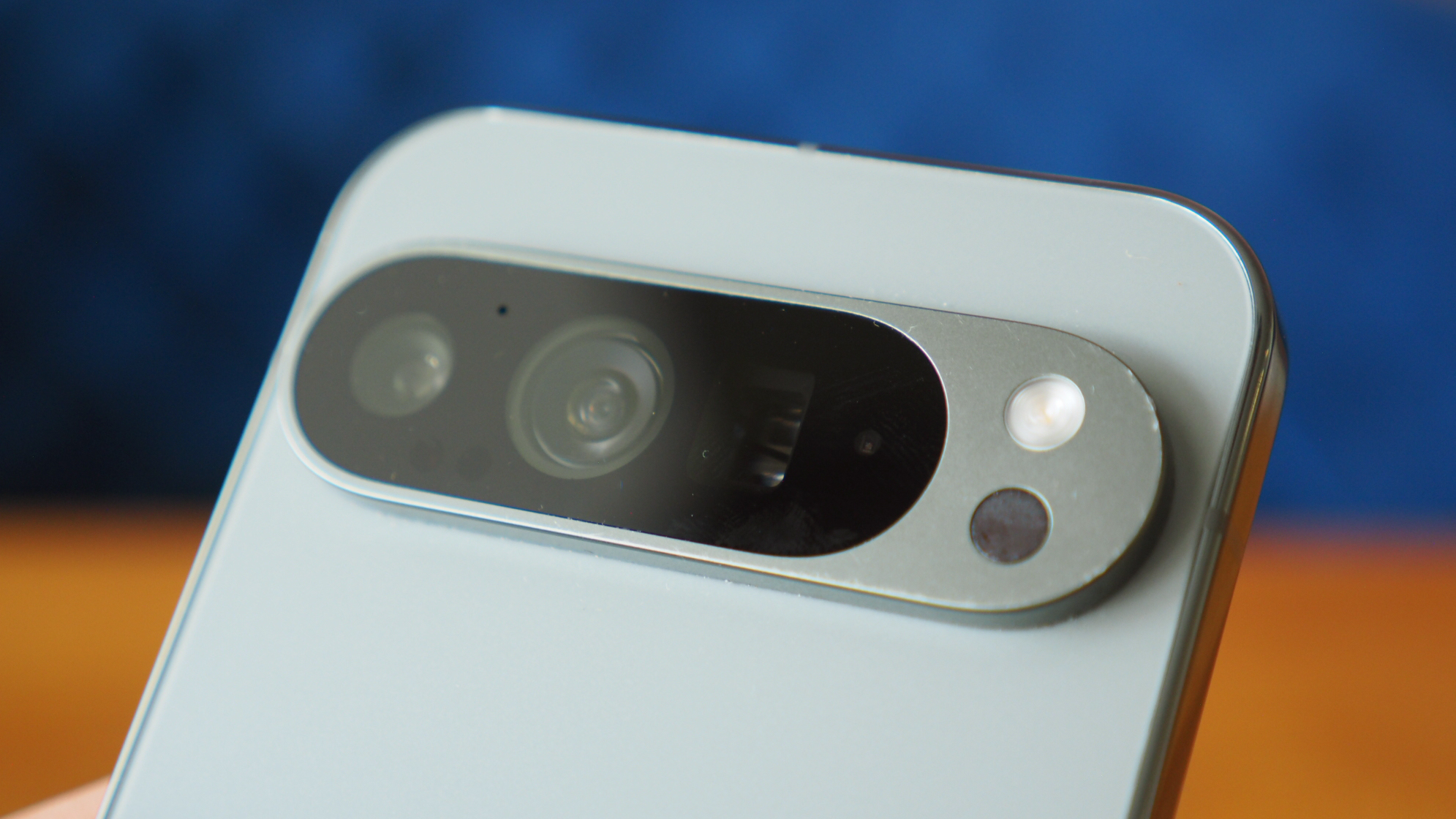 In an age of exciting upgrades, Google could downgrade the Pixel 10 instead
In an age of exciting upgrades, Google could downgrade the Pixel 10 insteadThere’s a change coming to the Pixel cameras and it could cause a stir
By Chris Hall
-
 Google Pixel 10 Pro Fold renders show an early contender for foldable of the year
Google Pixel 10 Pro Fold renders show an early contender for foldable of the yearEven though it might not be the slimmest, it could be the sexiest
By Britta O'Boyle
-
 Google TV set for a shake up that might have you feeling blue
Google TV set for a shake up that might have you feeling blueA redesign is reportedly coming to Google TV, with a new colour scheme and features
By Rik Henderson
-
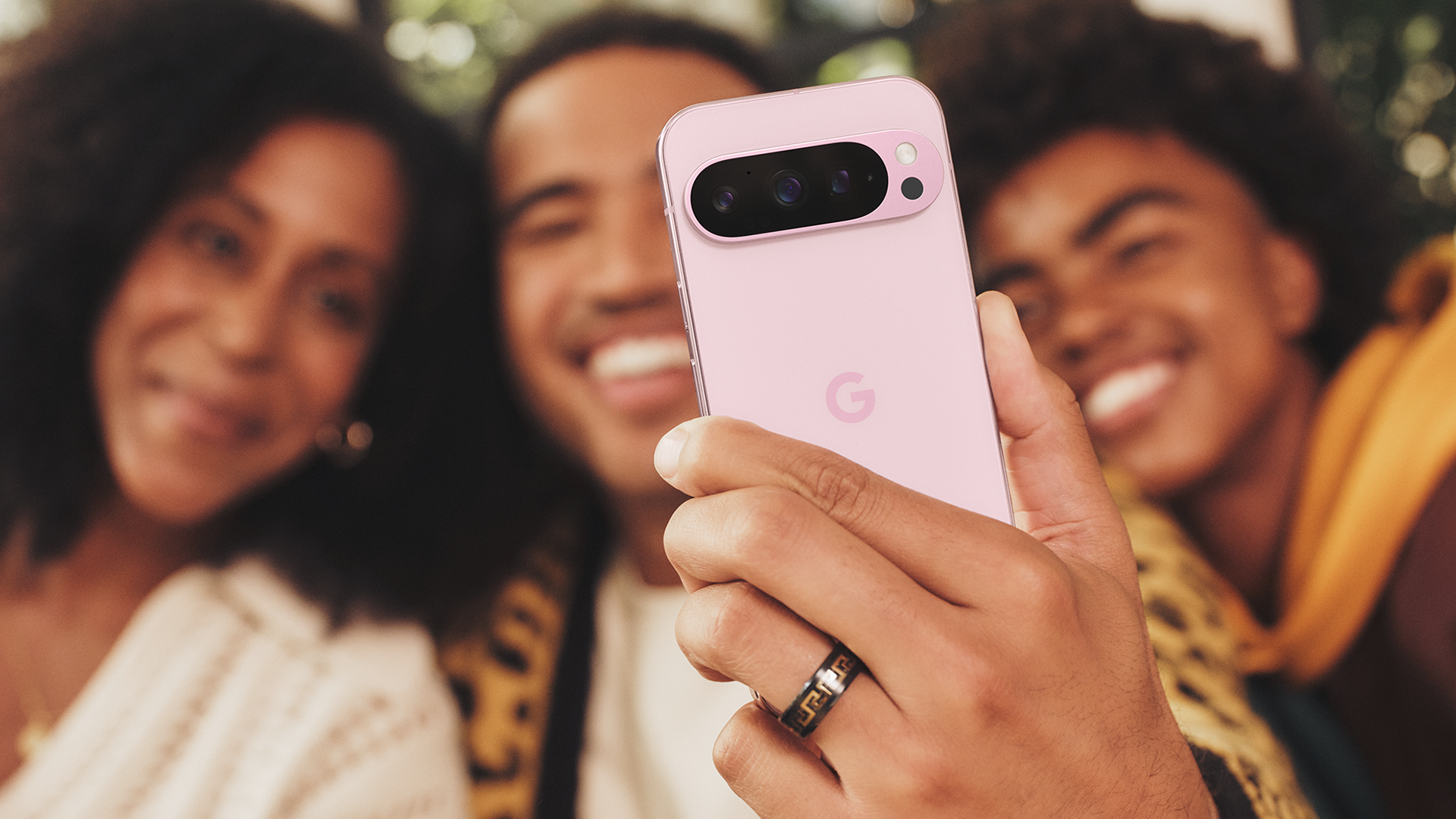 Android 16 to come with a significant security upgrade for Pixel phones
Android 16 to come with a significant security upgrade for Pixel phonesIt’s going to be easier to unlock your Pixel phone in the future
By Chris Hall
-
 Google Pixel 9a delayed, but for good reason
Google Pixel 9a delayed, but for good reasonGoogle’s latest affordable phone has been announced, but you can’t actually buy it yet
By Chris Hall
